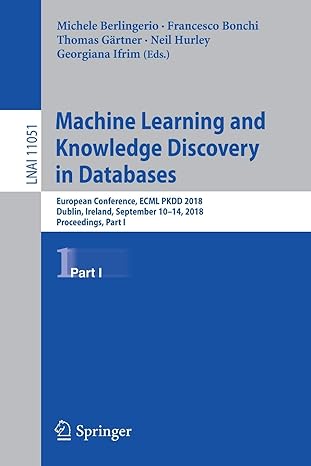Question
Do not edit the main.py file. I only need to work on the hill_climbing.py file. Modify so that it does hill climbing with random restarts
Do not edit the main.py file. I only need to work on the hill_climbing.py file. Modify so that it does hill climbing with random restarts and simulated annealing. Modify it to the below-mentioned requirements.
Alternative sliding tiles puzzle -
Square grid of NxN. Each square in the grid has a distinct number [1, N^2-1] or a blank. There can be multiple blanks. The cost of moving a tile is equal to the number on the tile. Goal states are to have all the blanks next to each other at the top left corner or the bottom right of the corner. The numbers need to be in ascending order.
Ex: 3 5 7 1 2 3
B 2 1 -------> 5 6 7
5 6 7 8 B B
8 B B
The program needs to accept the following command-line arguments - the file name of the board to read in and the number of seconds to run the algorithm.
It needs to give the following outputs - sequence of moves in written form. Example, "3 left" or "3 up" to indicate how the 3 tile moves, the number of moves the solution required, the cost of the solution, the branching factor, the heuristic value, and number of heuristics explores.
I have the following code.
hill_climbing.py 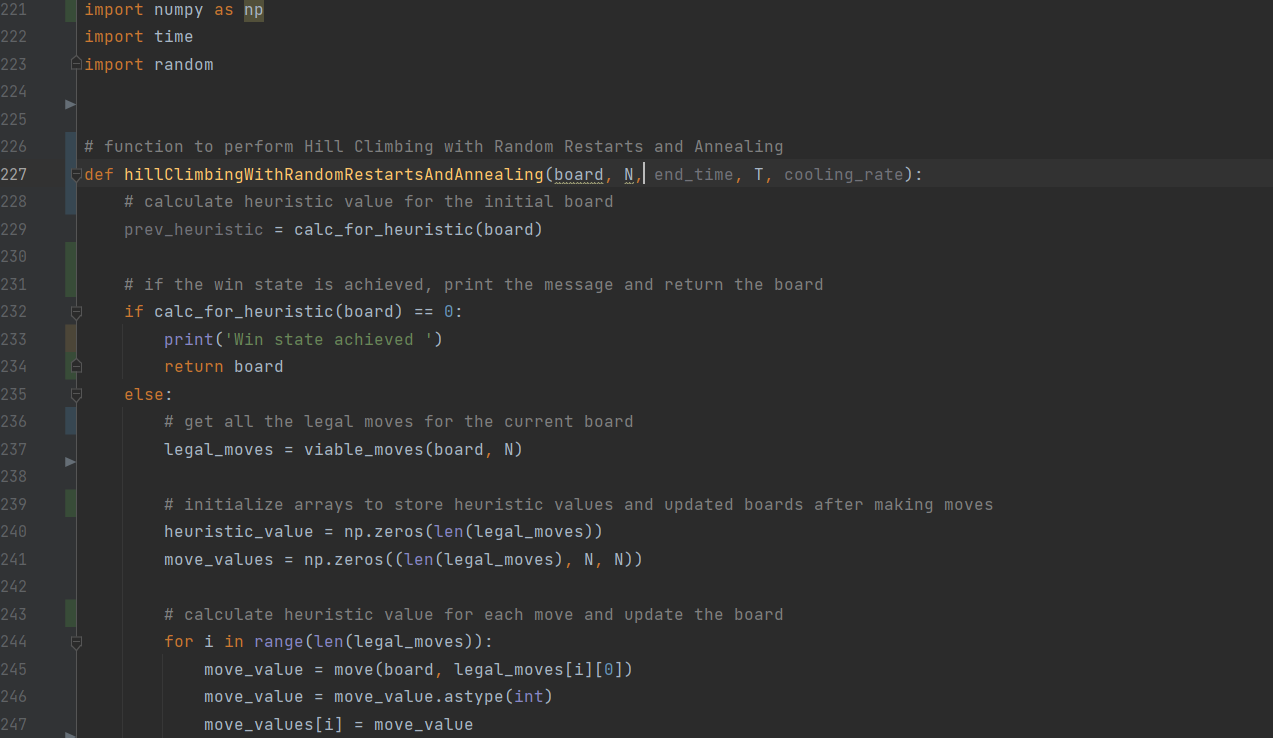
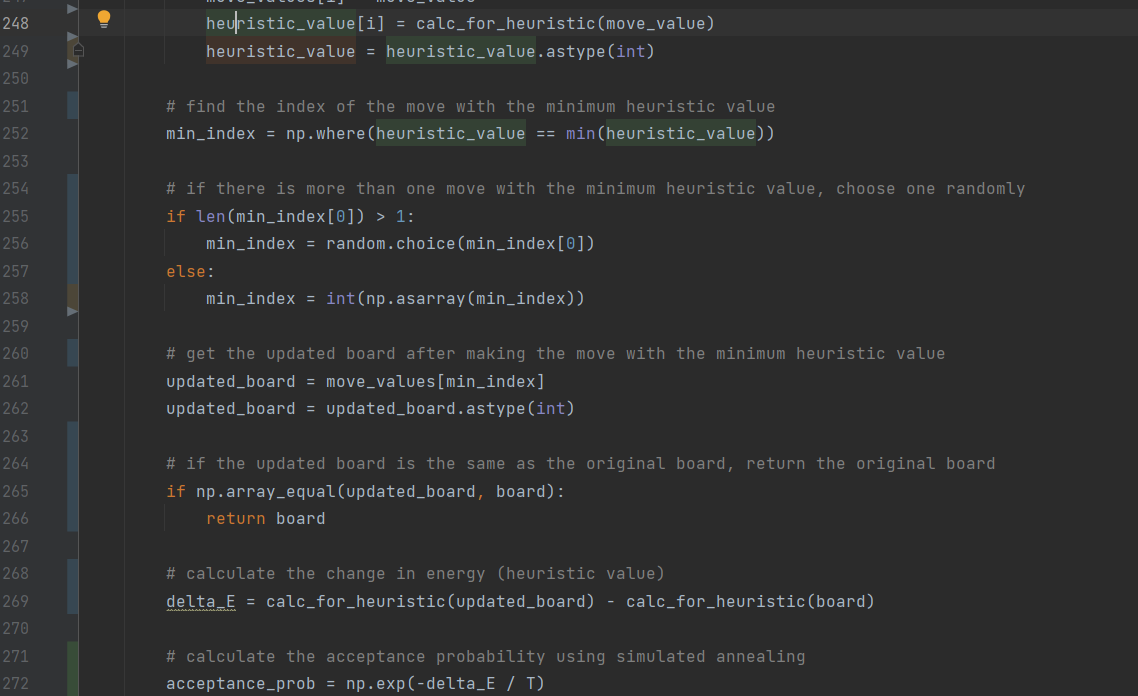

 main.py
main.py

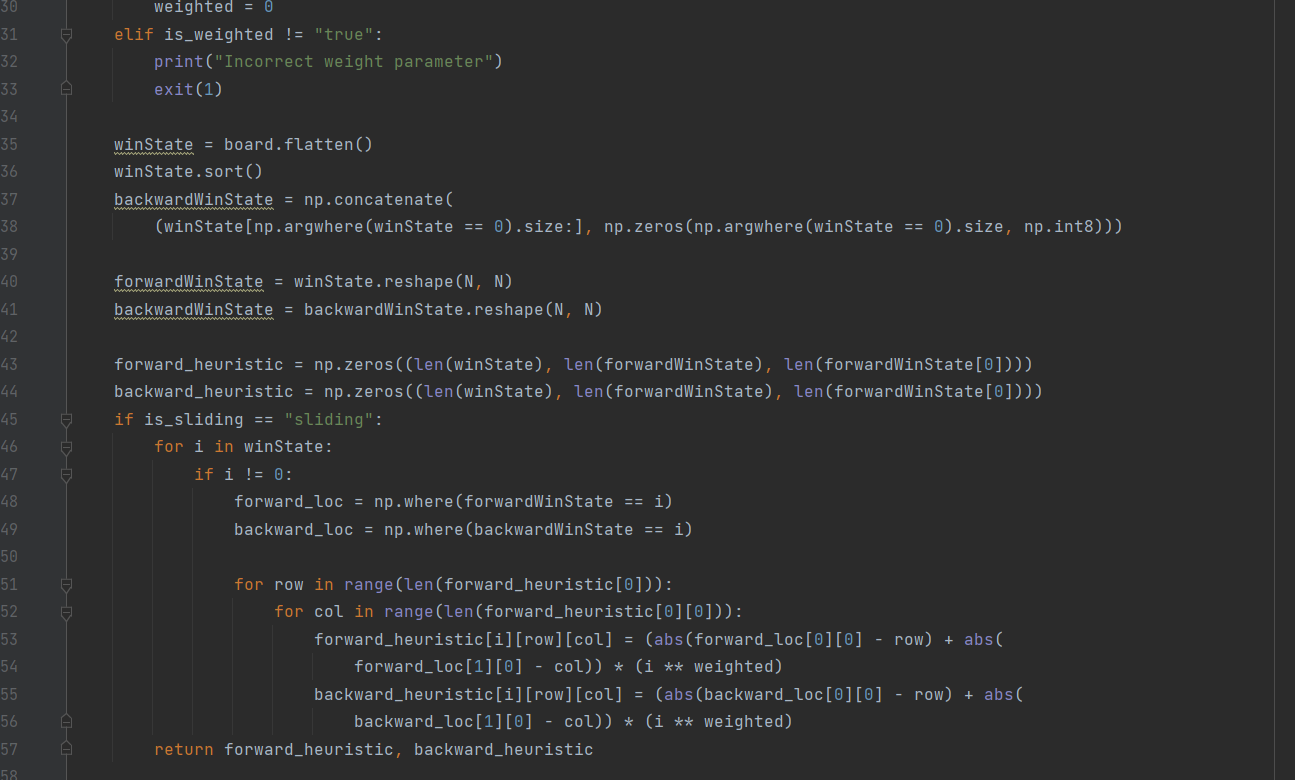
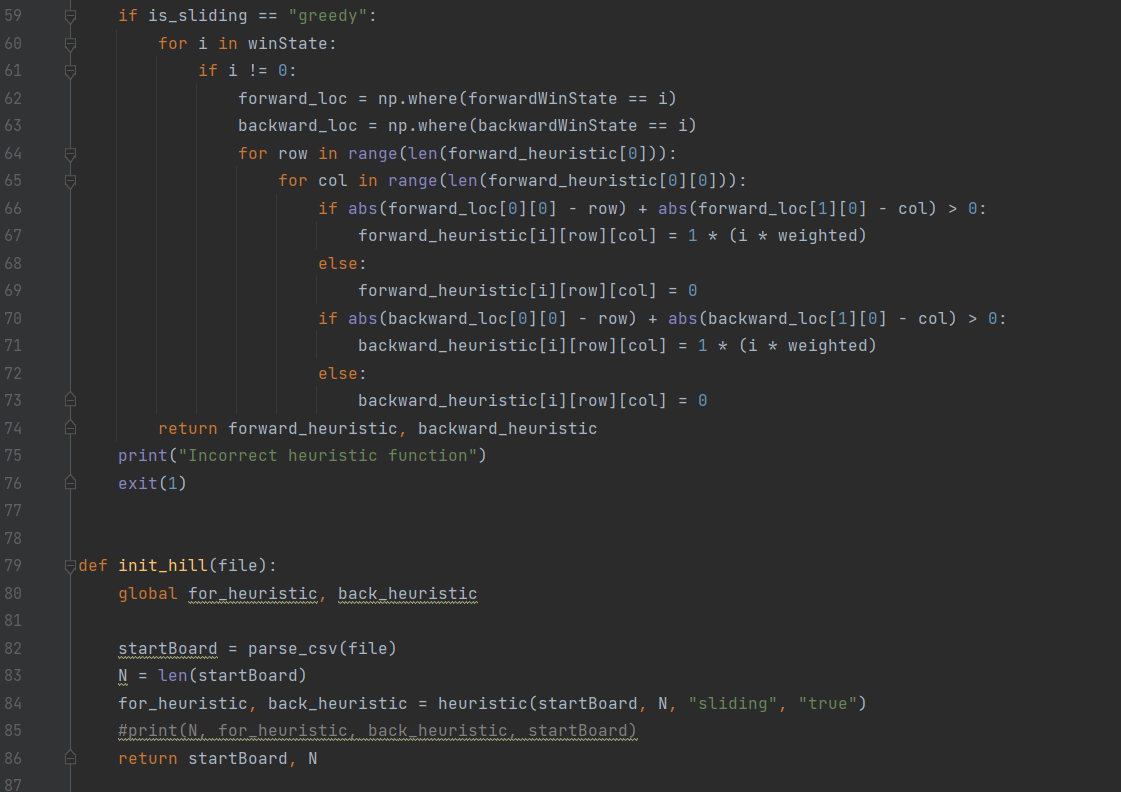


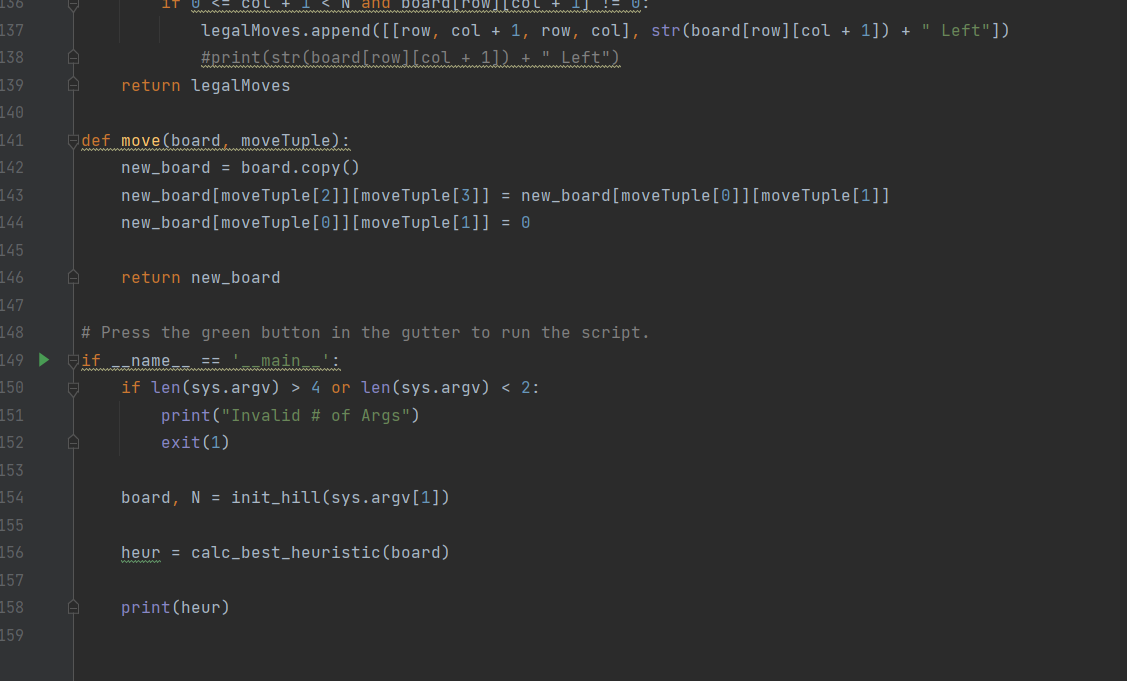
Step by Step Solution
There are 3 Steps involved in it
Step: 1

Get Instant Access to Expert-Tailored Solutions
See step-by-step solutions with expert insights and AI powered tools for academic success
Step: 2

Step: 3

Ace Your Homework with AI
Get the answers you need in no time with our AI-driven, step-by-step assistance
Get Started


